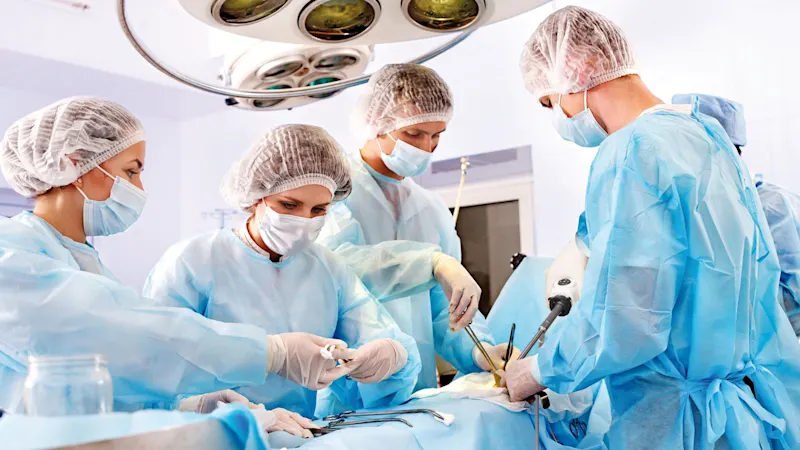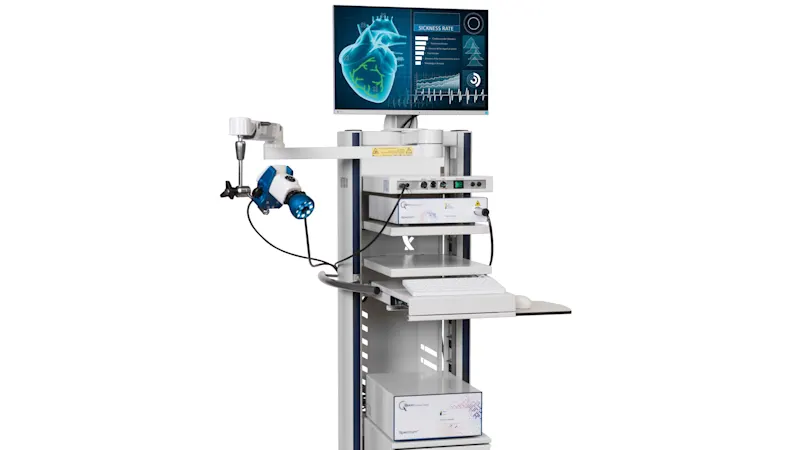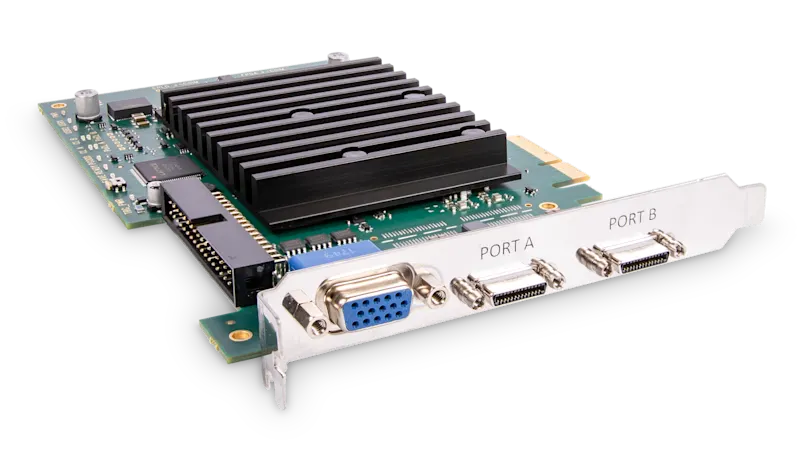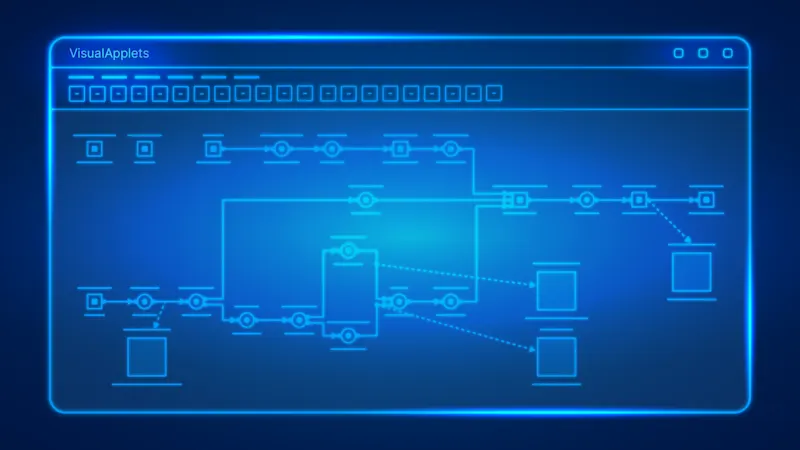Improved Image Quality for Tumor Surgeries
Live images during surgery and FPGA algorithms without hardware programming
- Customer
- Quest Medical Imaging BV
- Location
- Netherlands
- Date
- 2018
More and more hospitals are implementing image processing systems using multispectral cameras during surgery to visualize cancers. Quest Medical Imaging BV offers such a system with its Quest Spectrum platform. The company has expanded the capabilities of its specially developed multispectral camera with a programmable frame grabber and suitable software.


How does the multispectral camera system work?
Prior to surgery, patients are injected with a fluorescent marker at targeted points. The marker then attaches to the tumor cells and is excited using NIR light. Markers differ depending on the type of tumor. The multispectral camera simultaneously records a RGB color image and two fluorescent images in the NIR spectral range in high definition (HD), all at a data rate of 255 MB/s and a maximum frame rate of 60 fps. The color image and one of the NIR images are combined for the final image output.
With the help of these images displayed on a screen during the operation, surgeons can precisely distinguish between the tissue affected by the tumor and the adjacent, healthy tissue. The procedure is suitable for both open and minimally invasive laparoscopic surgery.
With the previous frame grabber-based image processing solution, the entire process of image acquisition, image pre-processing, and image processing ran via the CPU of the host PC. The high-resolution camera images were forwarded directly to the CPU without data reduction, lowering the speed of the system.

Frame grabber supports pre-processing and two operating modes
The new Camera Link frame grabber microEnable 5 marathon VCL integrated into the platform now executes the entire process on the FPGA (Field Programmable Gate Array) without burdening the CPU—and at a higher speed. The processor processes the images captured by the multispectral camera pixel by pixel with higher parallelism and merges two of the images in the image output.
Visualize tumor cells in real time
With the new real-time solution, the surgical team receives live images on a screen during the procedure, in which the fluorescent tumor cells can be identified and better distinguished from healthy tissue. In addition, lymph nodes and blood vessels (angiogenesis) are visualized, something that would not be possible with the naked eye.
Two image display options
Instead of having to switch back and forth between black-and-white and color images, surgeons now have the option to choose between two alternative camera operating modes: they can either display the color image and the fluorescent image side by side, or both together as a single unified image. Smaller tumors can thus be better identified and targeted with surgical devices. The frame grabber is powerful enough to process both operating modes.
Software solution with programmable frame grabber
Another important reason for choosing Basler as a provider was the ability to program the frame grabber with the aid of VisualApplets, the easy-to-use graphical programming environment. The team was able to generate a hardware applet with algorithms for image pre-processing and image output as data flow diagrams. They then simulated and loaded it onto the frame grabber FPGA, with no time-consuming and expensive VHDL programming by hardware specialists.
All of our requirements were implemented, in particular real-time processing with the most minimal latencies, relieving the CPU load, and improved image quality for surgeons. The time-to-market has been significantly reduced due to the short implementation time.
What the image processing system offers
Switching to the new system took place within a mere two months and was implemented by the project team without any significant manufacturer support. The hardware and software can be implemented for any markers and thus for any type of tumor. Only slight modifications are required for different tumor types, for example, in relation to the required color spectra.
Special advantages:
Significantly improved image quality for more precise surgery
Image pre-processing provides data reduction before transmission to the analysis computer
No bandwidth or storage space problems as a result
Higher data throughput and very low delay times (latencies) thanks to processing on the FPGA processor
Products for this solution
Looking to implement a comparable solution? These products will help you.
